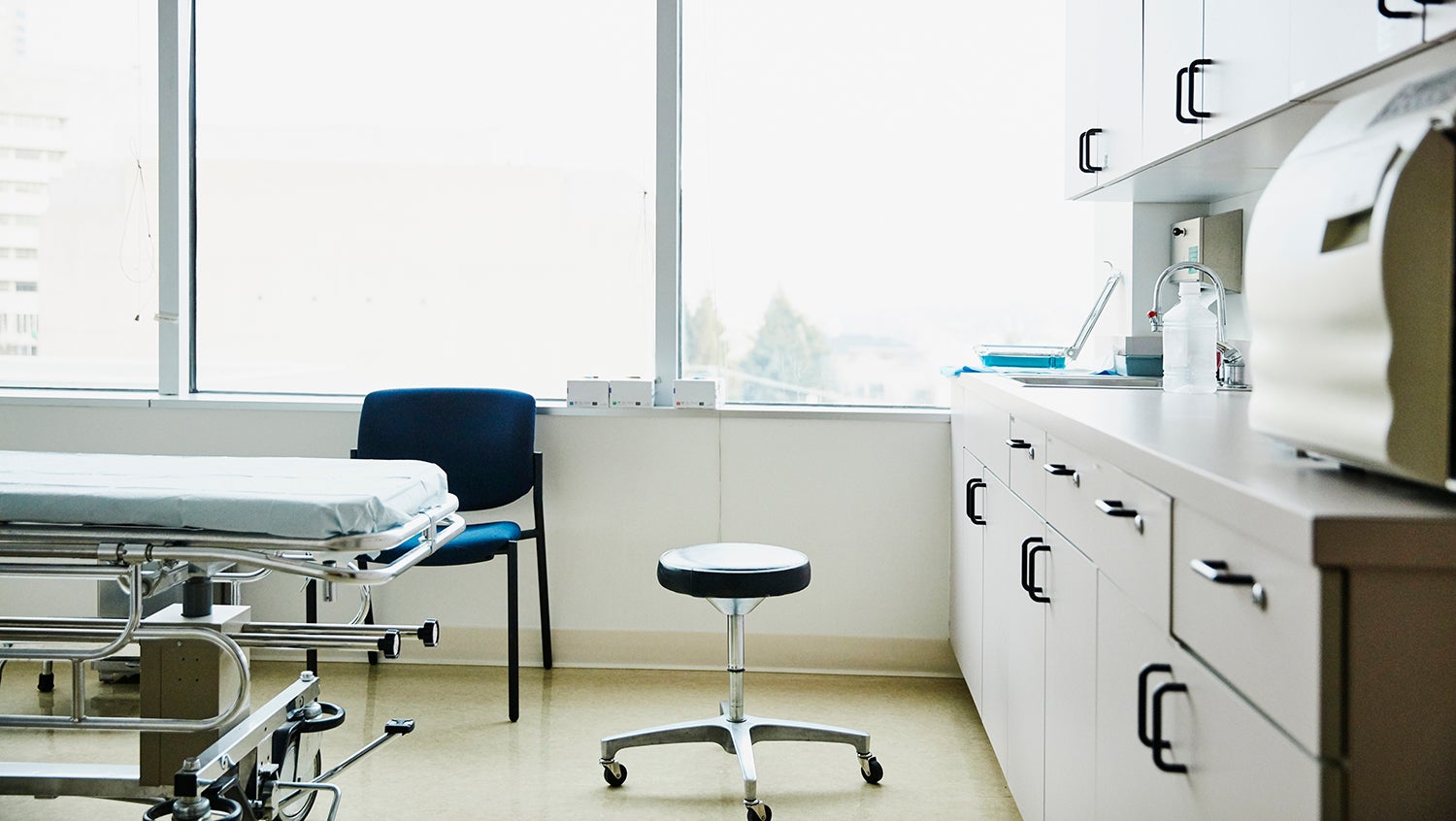Now's the Time to Address the Downsides of COVID-19 Prevention Measures
April 20, 2020

Getty Images
Currently approaching 2.5 million, the number of COVID-19 cases is still rising around the world — with cases in the U.S. nearing 750,000. To reduce spread of the virus, governments have implemented lockdowns, declared national emergencies, and ordered the public to stay at home.
Currently approaching 2.5 million, the number of COVID-19 cases is still rising around the world — with cases in the U.S. nearing 750,000. To reduce spread of the virus, governments have implemented lockdowns, declared national emergencies, and ordered the public to stay at home. While slowing down the virus, these actions can also bring a host of problems that healthcare professionals must prepare for. In the long term, some of those measures may lead to negative outcomes in cardiovascular, musculoskeletal, reproductive, and mental health. Developing strategies to overcome the downside the COVID-19 prevention measures on public health must happen in tandem with the current battle against the disease.
Preventing obesity: What food is “healthy” in a viral pandemic?
Unless we act now, the incidence of cardiovascular disease, cerebrovascular disease, and diabetes could rise during and after the COVID-19 crisis. Increased food consumption resulting from people staying at home threatens to increase the obesity rate. According to Nielsen data about consumer behavior tied directly to the COVID-19 outbreak, sales increased by 31.8% for canned meat and 10.4% for pasta during the last week of February 2020 over last year. These purchases are logical in the face of a pandemic, when shelf-stable food means fewer trips to the grocery store and therefore less potential exposure. Moreover, it’s reasonable to buy food that will last longer if more stringent lockdowns, such as actual curfews, take place, as they have in other countries. However, negative health implications remain.
To avoid negative outcomes, families should make healthy food choices for snacking now more than ever. As healthcare provider, I’ve started to address these issues with my patients while I’m checking on them over the phone. Along with individual providers, organizations such as the Boston Public Health Commission and media could consider working together to promote eating homemade food and gradually pulling back from processed or fast food as much as possible. In addition, non-governmental organizations (NGOs) and other public service agencies could work with fitness clubs to contact their members and encourage them to join online workout classes to balance their decreased physical activity.
The COVID-19 prevention measures could also affect the musculoskeletal system. Currently, more than 22 million Americans are out of work because of coronavirus shutdowns. Despite the possible drop in occupational injuries, the overall number of spine and hip fractures may rise. Lower sun exposure from staying inside means the body produces less vitamin D, which may in turn lead to osteoporosis and bone fractures. Primary care providers (PCPs) should identify those at high risk of developing osteoporosis and discuss with them the possibility of osteoporosis screening and starting vitamin D and calcium supplements if needed.
The potential for an unplanned pandemic baby boom
Furthermore, the number of sexually transmitted infections may fall, but we may witness a rise in the number of pregnancies. With physical distancing and stay-at-home orders, people are less likely to socialize with strangers. Instead, some couples’ intimate relationship may become stronger as they spend more time together at home. Reproductive health and birth control options to prevent undesired pregnancies, especially with an uncertain future, should be one of the topics that PCPs need to cover with couples during telemedicine encounters.
Bracing for mental stress, physical violence
We have to act now to prevent a mental health crisis. Long stretches without usual outside social contact may lead to new or worsened mental illness. Both public health decision-makers and media should continue to promote physical distancing, but reinforce virtual social connections. These connections are key to sustaining people’s mental health and well-being during this stressful time. Churches, synagogues, mosques, and all other religious entities should also consider resuming services online. Maintaining spiritual group connections virtually and promoting checks on friends and neighbors by phone are some useful interventions to reduce stress and hold our communities together.
Stress can be exacerbated by financial difficulties, interpersonal challenges that arise in quarantine, long hours spent playing video games that promote violence, and the overall trauma we are collectively facing as a global society. We can expect to see an increase in stress, anxiety, depression, and even drug and alcohol consumption. Consequently, it’s possible that healthcare professionals may see an increase in the incidence of marital separation, rape, violence, or even suicide or homicide.
Unfortunately, conditions are ripe for these negative outcomes. The FBI reports that over 1.1 million firearm background checks were initiated during the week of March 16, 2020 — higher than any other week since 1998. As a healthcare provider, this number is alarming and signals concerning patient fears. It could reflect people’s fear of robberies because of shortages, or more generalized uncertainty surrounding the pandemic and whether law enforcement forces would be available for a prompt response if violence breaks out.
These issues are just a snapshot of the newly emerging public health challenges. The list can go on, and the challenges may change depending on the course of the disease and how long the stay-at-home orders are in force. This is an urgent call for health and public health agencies around the world to act now. It is time to work together to promote creative solutions to face the potential negative outcomes related to necessary COVID-19 prevention measures.


